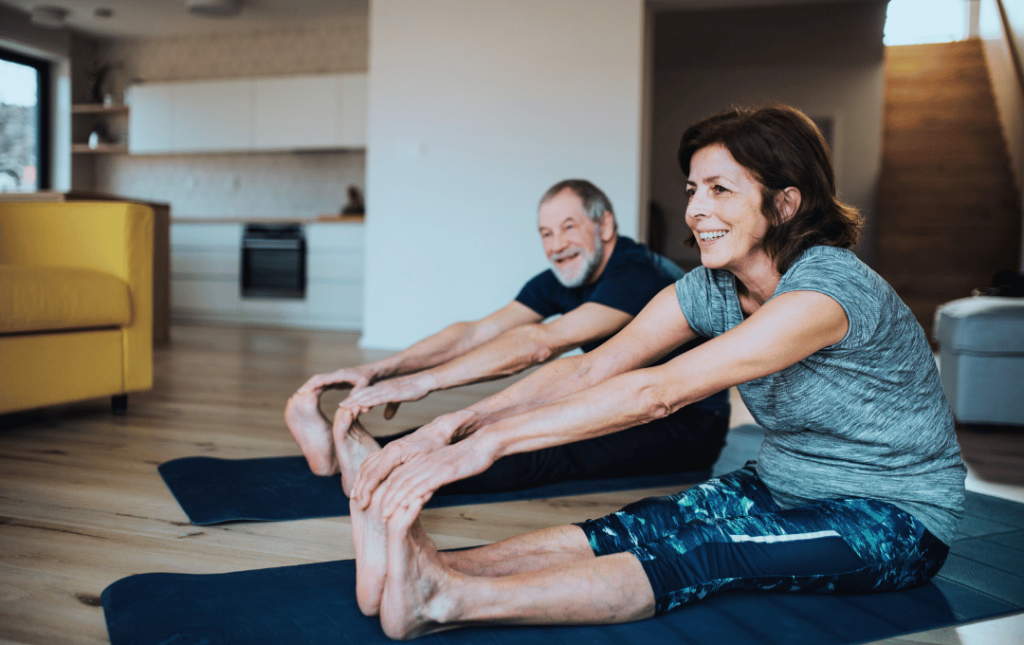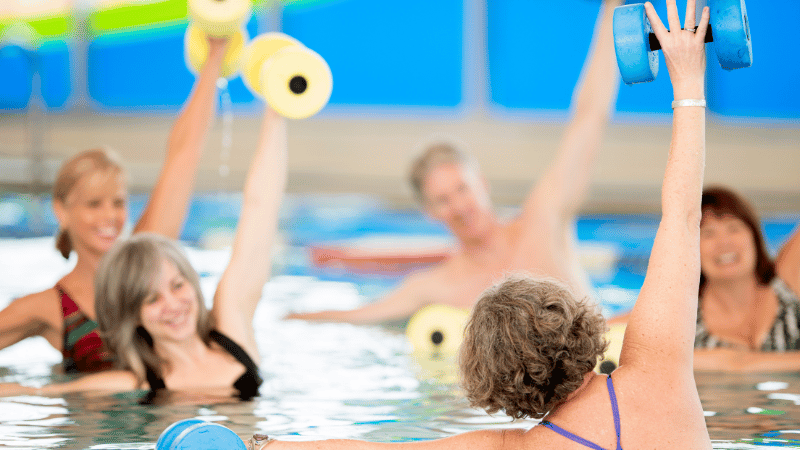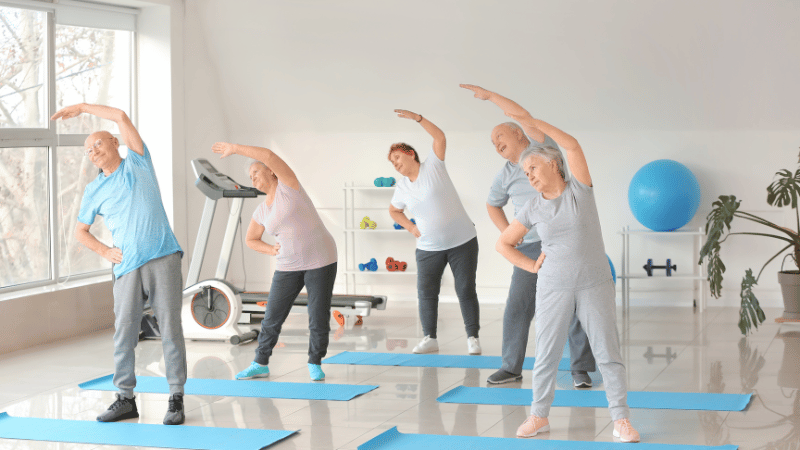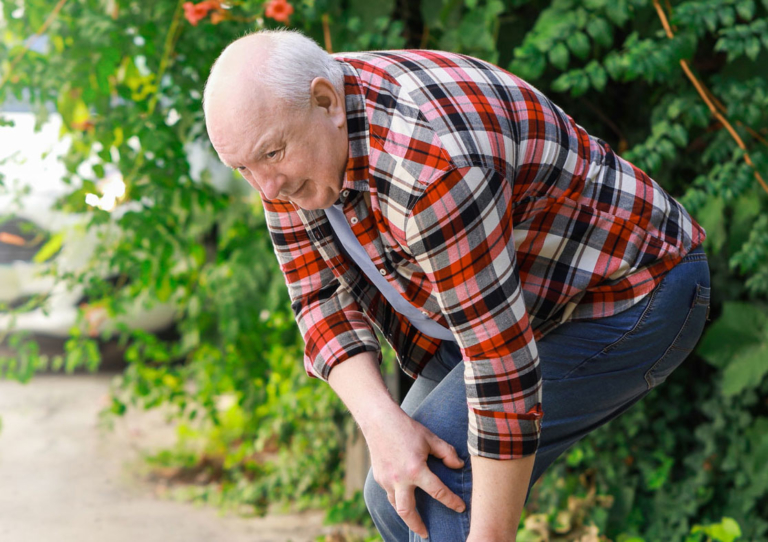Exercise is an important part of any healthy lifestyle, but for people with peripheral artery disease (PAD), incorporating daily physical activity is important for managing symptoms and improving circulation. PAD is caused by the buildup of plaque in the arteries, which restricts blood flow to the legs and feet. When the muscles don’t get the nutrients and oxygen they need, it can lead to reduced circulation, often causing pain, cramping, and mobility limitations.
Targeted workouts and exercises for peripheral artery disease can help relieve this unwanted discomfort. However, exercise alone is not enough to stop PAD from progressing. The combination of physical activity with PAD treatment can provide long-term symptom relief and help prevent serious complications, such as blood clots, strokes, and amputations. Schedule a consultation with a vascular specialist for a personalized treatment plan and guidance on safely incorporating exercise into your daily routine.
Why Exercise Is Important for Peripheral Artery Disease
Exercise for PAD helps increase blood flow and improve circulation, reducing pain and discomfort in the lower extremities. A sedentary lifestyle or prolonged periods of inactivity can worsen symptoms and lead to claudication.
Claudication caused by PAD is typically paired with other symptoms like numbness, calf pain, or tingling in the legs. To avoid this discomfort, prioritize low-impact exercises throughout the week. Walking on the treadmill, swimming in a pool, or doing chores around the house can help add more physical activity to your daily routine.
While exercise can help improve your overall well-being, it can’t reverse peripheral artery disease. PAD is a progressive disease that requires treatment. If left untreated, the symptoms can worsen over time. If you have peripheral artery disease or exhibit PAD symptoms, you’ll want to schedule a consultation with a vascular doctor to discuss the available treatment options.
Meet With a Vascular Specialist
Best Exercises for Peripheral Artery Disease
If you have PAD, you’ll want to prioritize light exercises that can help reduce the pain associated with your symptoms. Some simple exercises to consider adding to your daily routine include:
Walking
Walking outside or on a treadmill is a low-impact or low-strain activity that can help improve blood flow and strengthen your leg muscles. This physical activity is easier on the joints and can improve circulation to your lower extremities.
Getting Started:
- Aim for at least 30 minutes of walking five days a week.
- If you’re new to walking, start with 5-10 minute sessions and gradually increase your duration.
- Walking on a treadmill or in your neighborhood is a great option—choose what works best for you.
Leg Exercises
Leg exercises can help improve circulation and mobility. Committing to a consistent routine can also stabilize the joints, strengthen leg muscles, and positively impact cardiovascular health.
Types of Leg Exercises for PAD:
- Ankle Rotations – Rotate your ankles in circles to improve flexibility and blood flow.
- Toe Raises – Lift your toes off the ground while keeping your heels down.
- Leg Lifts – Lift one leg at a time while seated or lying down to enhance strength.
- Calf Raises – Rise onto your toes and lower back down to strengthen your calves.
- Step-Ups – Use a low step or stair to step up and down to build endurance.
Aerobic Exercise
Aerobics is a form of cardiovascular conditioning that can help strengthen your muscles and improve your cardiovascular health. These exercises can also reduce your risk of stroke and heart attack, lowering your risk of high blood pressure and diabetes.
How To Do It:
- Cycling for PAD – A low-impact exercise that strengthens leg muscles and improves circulation, whether on a stationary bike or a regular bike outdoors.
- Swimming – Provides full-body movement while reducing pressure on joints and muscles.
- Dancing – Engages multiple muscle groups and boosts cardiovascular health.
- Water Aerobics – Offers resistance training while minimizing stress on the legs.
- Aim for 20-30 minutes per session, adjusting based on your comfort level.
Yoga
Yoga is a stress-reducing exercise for PAD that can help improve blood flow. A yoga routine can also enhance endurance and improve flexibility.
Exercise Instructions:
- Practice gentle yoga techniques at home. Start with simple poses such as:
- Downward Dog – Helps stretch and strengthen the legs.
- Cow Face Pose – Improves flexibility in the lower extremities.
- Child’s Pose – Encourages relaxation and circulation.
- Consider practicing yoga 2-3 times weekly to support overall vascular health.
How to Exercise Safely with Peripheral Artery Disease
Consult a vascular doctor for guidance before incorporating a new workout into your routine. They will provide expert recommendations based on your mobility and the severity of your symptoms. They may also recommend:
1. Starting Slow
Slowly ease into a new workout to avoid unwanted injuries or muscle strains. You’ll find that after a while, you can increase the time or the amount and intensity of exercise you can complete. For example, consider walking for 10 minutes one day and slowly increasing until you can reach 30 minutes of the exercise.
2. Complement Your Lifestyle
You’ll want to find the best exercises for peripheral artery disease that complement your lifestyle. Select activities you enjoy and can sustain in the long term. Pairing a more active lifestyle with healthier habits, such as not smoking, eating a nutritional diet, and limiting alcohol, is also recommended to help reduce symptom discomfort.
3. Understand Your Symptoms
If you start to feel any pain or discomfort while completing exercises for PAD, you may need to modify your workout. While mild discomfort is normal, severe or chronic pain is not. Adjust your approach or consult with a specialist for more guidance.
Find Long-Term Relief Through PAD Treatment
Exercise alone won’t prevent or treat peripheral artery disease. You must combine healthy lifestyle modifications and exercise with minimally invasive treatment. Treatments can help alleviate symptoms, improve mobility, and enhance leg circulation.
The treatment options available at USA Vascular Centers for peripheral artery disease (PAD) include:
- Angioplasty: A minimally invasive procedure where a balloon is inserted into the narrowed or blocked artery. The balloon is then inflated to press against the walls and widen the artery for increased blood flow.
- Stent placement: An expandable mesh stent (tube) is inserted into the affected artery. This procedure allows normal blood flow by widening the artery and preventing it from collapsing.
- Atherectomy: A minimally invasive procedure where a catheter is inserted in the blocked artery. The plaque buildup is then scraped or shaved away from the arterial walls, restoring or improving blood flow.
Schedule a Consultation with USA Vascular Centers
If you have PAD or you’re exhibiting PAD symptoms, schedule a consultation with a vascular doctor to discuss treatment plans available. Treatment is critical for managing PAD and alleviating discomfort. USA Vascular Centers has over 45 AAAHC-accredited facilities nationwide.
Call USA Vascular Centers at 888.773.2193 or schedule a consultation online. We’re here to provide a tailored treatment plan that aligns with your unique needs.
FAQs About Exercise & PAD
Can exercise reduce plaque buildup in arteries?
No, exercising can’t physically remove plaque buildup from the arteries. However, it can help improve blood flow and circulation, protecting against further plaque accumulation.
Do I need to see a specialist for exercise therapy in the management of PAD?
If you have PAD, you’ll want to discuss physical activity options with your vascular doctor. They will provide recommendations for the best exercises for peripheral artery disease. If exercise therapy is necessary, they may refer you to a physical therapist for supervised exercise therapy.
How soon can I see improvements from exercising with PAD?
Results may vary, and consistency is key to seeing results from exercising more frequently. Most patients notice a change in their everyday life after three to six months of consistent physical exercise.





